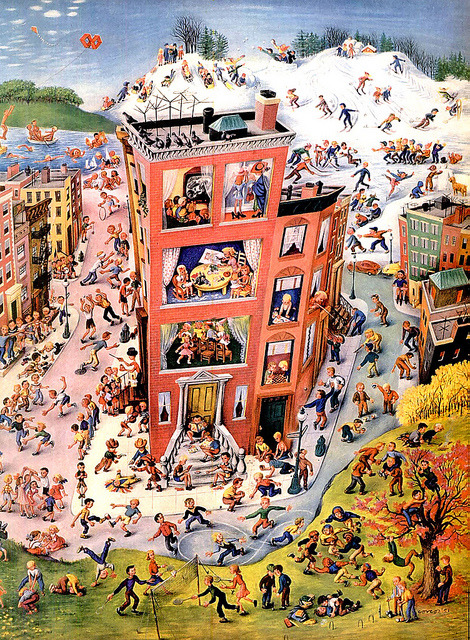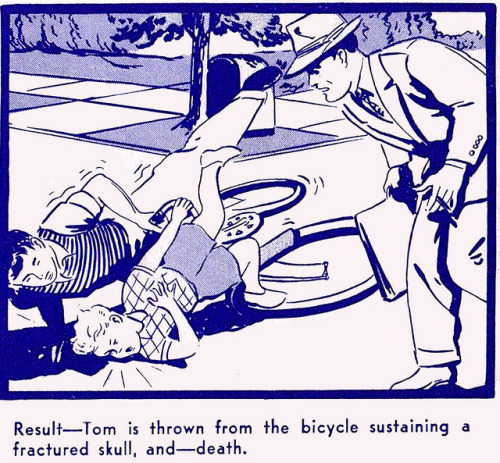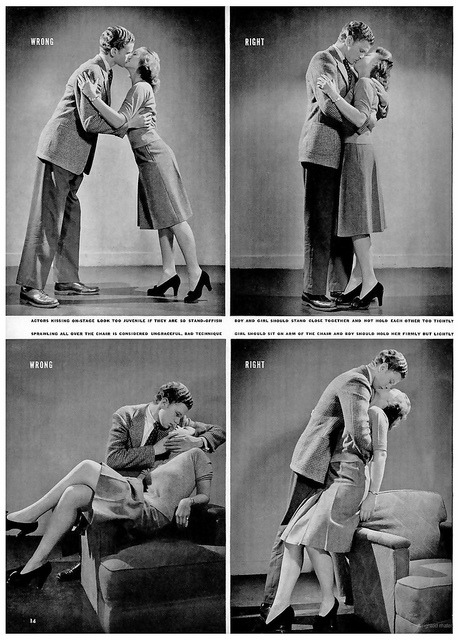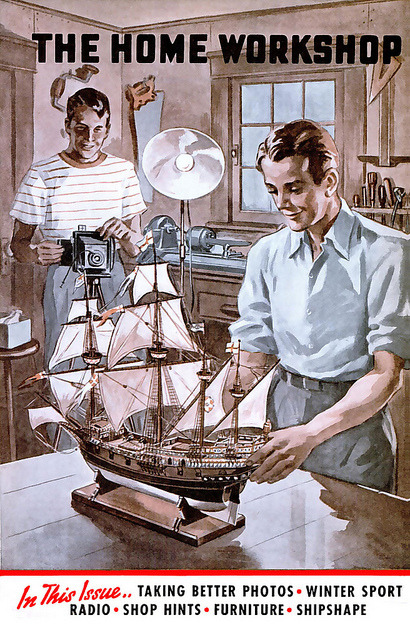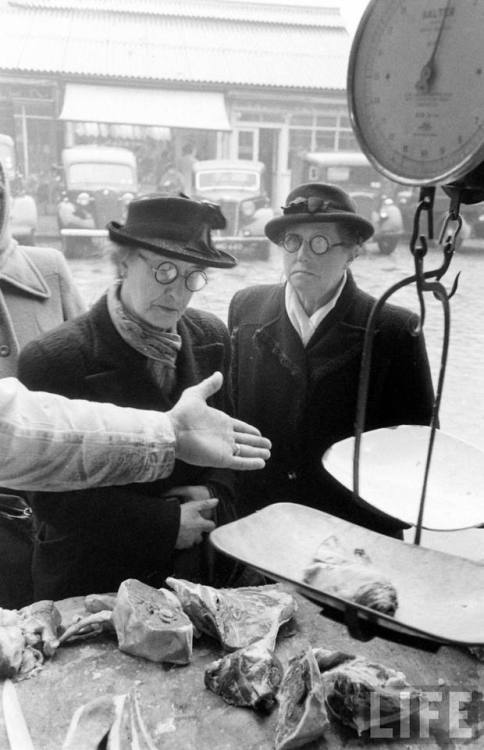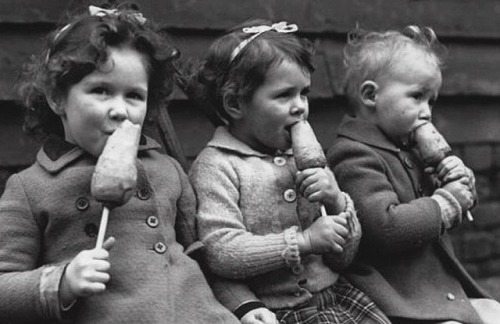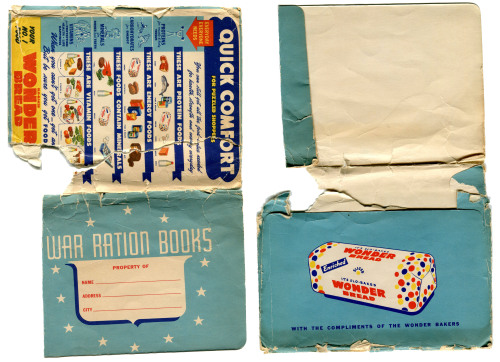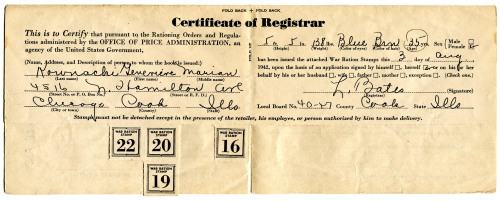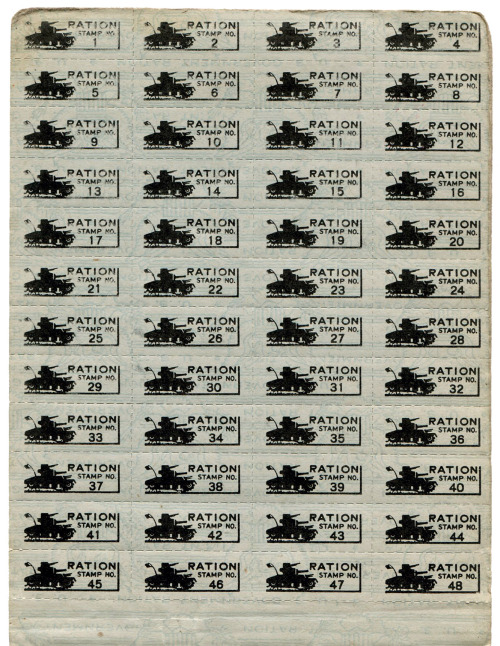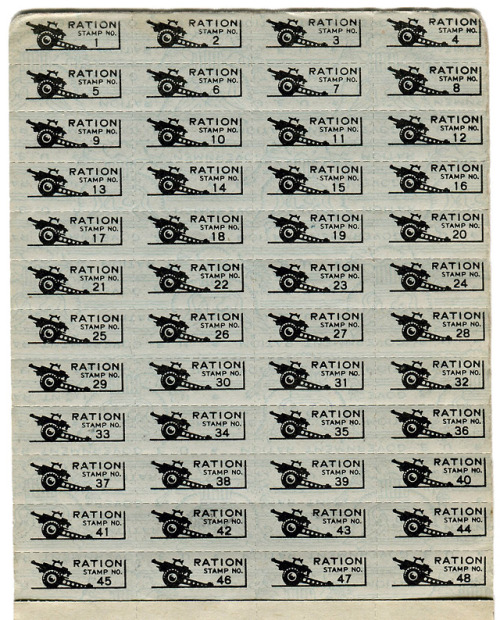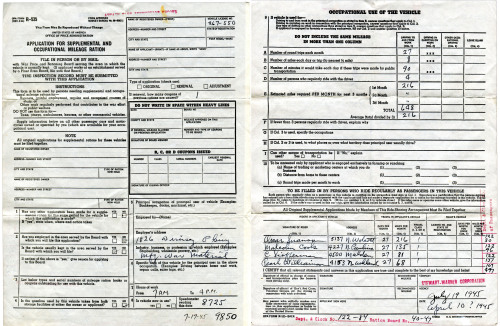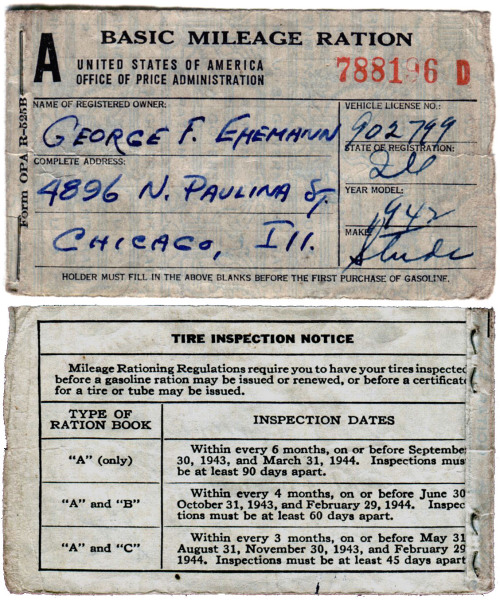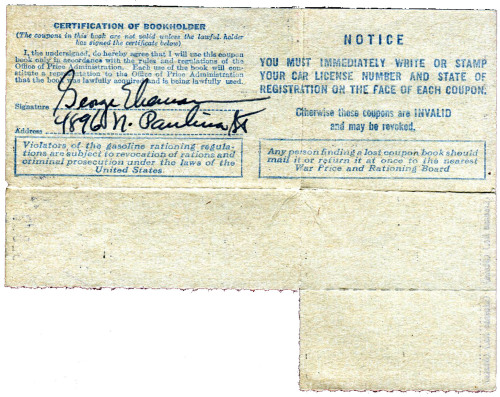#rationing
Rationing card for food, alcohol and cigarettes (Poland, 1981 – 83).
During the period of martial law, the ruling military dictatorship raised prices in what they called “economic reforms”, which meant that wages were then 20% lower in comparison, and rationing had to be introduced.
Post link
I let my cunt orgasm this morning while I was fucking her. Can’t remember whether it has been two weeks or three, but I think she is due. I think it is important that she does not get too many Os so she never starts thinking this is about her pleasure. Well, except the joy of being my hole. However, I also think it is important to let her have one once in a while. Just so she always has hope. Hope that can then be crushed most times I use her when I dump my load in her and roll off.
No, just his hole, today. maybe next time.
Besides, she is always so grateful when I do allow her release. I think gratitude is so important.
Devotional Training: Too much of a good thing would be bad for it.
Okay I’m gonna get my nerd on here for a minute because one of the things I love about history is what people did at home. Forget your huge wars and royals and whatnot, how did they handle feeding themselves and going to bed?
World War II is a great time for studying this sort of thing because of the need for rationing. Britain in particular had a time of it because once you cut off access to, yanno, the entire world it becomes a very tiny island without a lot of resources to self-sustain. There’s no orange groves in Britain, for instance. Plus global trade meant relying on things from other countries. For example, Britain grew its own cereal crops (eg. wheat, barley, etc) for centuries but then it was cheaper to import them from America so farms turned away from that to focus on things like meat and dairy production. To give an idea of scale, in 1939 Britain imported something in the neighborhood of 20 MILLION tons of food.
So the start of World War II meant not only having to figure out where in the ever loving fuck the food was going to come from, but having to completely revamp farming as the nation understood and was set up for it. Many of us know the West Wing quote about how during WWII FDR said the US would produce 50,000 airplanes and instead managed 100,000. Britain had to do the exact same thing with food.*
(*Note: other countries did as well, of course, such as the US which is where this artwork is from. I’m focusing on Britain to keep this simple though.)
The way you make up for that 20 million tons of food is both by making more and using less.
Making more is a fascinating study on the topic of how farming was changed forever in Britain. But the key takeaway for the purpose of this discussion is what also ties in with using less: People had to pitch in.
These days we think of WWII and we know the stories of victory gardens, Make Do and Mend, ration books, and so on. We remember how people during this time dug in, found inner strength, and did what they needed to do.
But the thing is that didn’t happen automatically.
At the start of WWII preparations went into place. People were taught about blackout curtains and preparing for gas attacks (a reasonable worry after WWI) and so on, but the war didn’t hit them on the home front right away. This led to a period of time of people basically looking around and going huh, we did all this for nothing. Whole buncha hype for no reason.
It was only with time that the danger started to get close, and the need for the extra food came into play. And even then it wasn’t as though ration books were handed out and people went whelp, guess that’s goodbye to meat and sugar for this week! People still had to be brought on board with the concept.
Hence the need for artwork like at the top of this post. “A Fair Share” was a key phrase at the time. It was used to remind people and teach them that they and their neighbors were all in this together. Heck, not just them but their loved ones on the front lines: if you hoarded food, for example, that meant more food was needed, more work for everyone else, more that might have to take the risk of being imported, more chance that ships might get shot down by Germany bringing those supplies to you. You had to do your fair share and thus get your fair share.
Mind you it also helped that leaders stepped in and did the same. Now granted it’s propaganda of a sort but even so the royal family used ration books. Queen Elizabeth 2 (then only a princess) famously used them to get enough cloth for her wedding dress. Of course the royal family had resources the average person did not, not the least of which was their own farm, but even so they understood the importance of showing that they were doing their part.
The other thing about rationing that people don’t realize is that it didn’t stop when the war ended. Most know that rationing got harder and tighter over the duration of the war but it’s not like VE Day suddenly made the food appear. World War II ended on September 2, 1945. Rationing ended July 4, 1954.
(That wedding dress I mentioned earlier? She got married in 1947. Still using ration books.)
So when you look at the above picture, realize that it’s more than just a quick comment about a single concept. Know that it was about a people who were told of a danger, had the knowledge to prepare but thought the requests for it were exaggerated, were hit hard once the danger arrived, may or may not have had exemplary guidance from those in charge on what to do, even so had to dig deep and learn how to work with their neighbors and countrymen to embrace entirely new ways of living so that they all could survive, and who had to keep working and sacrificing for that survival long after the active danger had passed.
…which of course is COMPLETELY unlike any situation we find ourselves in today.
Ahem.
Post link
Jesus fuck. Bernie just fucking killed the health care rationing question regarding a single-payer system in this debate stronger than I’ve ever heard a political question ever answered. Ever.
*may have been better if he pronounced the world “ration” correctly though.
Bernienailedit.
CHUCK TODD: Thank you. Before I get to the next question, Senator, I wanted to follow up on something you were talking about, the single-payer – referred to single-payer health care, talking about some of the European systems.You know, a common complaint in those European systems has to do with wait times for treatment, wait times for seeing specialists. How do you propose in your Medicare-for-all system to not have Americans have to deal with rationing of care?
BERNIE SANDERS: We are the only country in the industrialized world that doesn’t guarantee health care to all people. I’ve been criticized for saying that. Let me say it again. I believe healthcare is a right of all people. I will fight for a medicare for all, single payer system.
Second of all, alright. You want to talk about rationing, you got 29 million people in this country who have no health insurance. How’s that for rationing. They can’t got to the doctor. And, then you got even more who are under insured with high deductibles, and high copayments.
I have talked to doctors who have told me that people walk in the door extremely sick, and the doctors say, why didn’t you come in here six months ago when you first felt your symptoms?
And people said, “I had no health insurance,” or, “I had a high deductible”.
Chuck, some of those people die, or they end up in the hospital. You want to talk about rationing, that’s rationing. To answer your question. We spend almost three times more per person than the people in the U.K., 50% more than the people in France.
We can have a world class healthcare system without waiting lines, spending the same amount of money we’re spending right now.
Wrapping up my WWII rations collection are coupons for the grocery store. While the initial thought would be that this was to make sure food was available for the troops (which in some cases was the fact), the real reasoning went beyond the actual food stuffs. It actually had to do with the processing and delivery. Like I had mentioned in my earlier rations posts, a big driving factor was the use of rubber. Hence limiting the amount of stuff you could buy meant that less stuff would have to be transported = less wear on precious tires. There was also the thought that less tin would be consumed by cans if people couldn’t buy as much. While true, I have read that the tin shortage wasn’t really as bad as the public thought. Either way, the rations did help cutback on cans.
This is by no means all of the paperwork involved with rations. As a matter of fact there was a War Ration Book No. 4 issued later on that I don’t have, and plans for a Book 5 as well. I like how over time the rations became more stylized, as you can see comparing Book 1 stamps with Book 3. (And Book 4 was even more so.) Besides the graphics the other thing I really like is the slogan that was used throughout the war years. “If you don’t need it, DON’T BUY IT.” Words that I still live by today.
Post link
Along with all of the WWII gas rationing items I recently posted is this form. It apparently had to be filled out by anyone that needed supplemental gas rations; in my Grandpa’s case that would be for his “B” sticker he received because his work was considered vital to the war effort. The form was also used by people that required extra rations because of business needs, driving to school (I’d assume college), an extra long commute, or working for the public welfare.
In this day and age of fears about an intrusive government I can’t imagine this form being accepted. Not only does it require the driver to keep track of their mileage, it also needs to be signed by the place of employment and everyone in your carpool. If such a thing were proposed today we’d all be exposed to non-stop rants and ravings about “Big Government” trying to destroy our freedoms.
Post link
Rationing was a way of life during WWII. From gasoline to pantyhose, it seemed like everything was limited. In old photos you can see the ration stickers on car windshields (the green “B”), which was there to show the attendant how much gas you were allowed to purchase. With this you received stamps and other various paperwork that had to be filled out in order to get your fuel. An “A” sticker was issued to the general public. The “B” my Grandpa Ehemann received was because his job was considered vital to the war effort. This meant he was allotted up to eight gallons a week. There were six different window stickers and even a “R” one for farm vehicles. These were a part of everyday life. So much so they became part of popular culture, like at the end of this classic Bugs Bunny when his crashing plane doesn’t crash because it runs out of gas. Why, because he only had an “A” sticker.
An interesting yet lesser known fact is that the rationing wasn’t really created to control fuel consumption, but was there to help save on tires. Gasoline could be made domestically, but rubber trees don’t grow here (at least not in mass quantity). That raw material came from Asia, which of course was controlled by Japan at the time. That’s why if you look closely at the paperwork you’ll see a lot of references to mileage and tire inspections. There was even a national speed limit of 35 MPH put in place to help curb tire wear.
Here’s an example of some of the ration paperwork one had to keep track of to fill-up at the station. The photo is of my Grandfather’s 1942 Studebaker that is referred to in paperwork. There were some other ration related items I’ll get to later.
Post link
“No more radios! Remember–there aren’t going to be any more radios built until after the war. So take good care of the one you have.” (1942)
Post link
“This is no ordinary trip. It may be their last in the USA until the end of the war.” (1944?)
Post link


